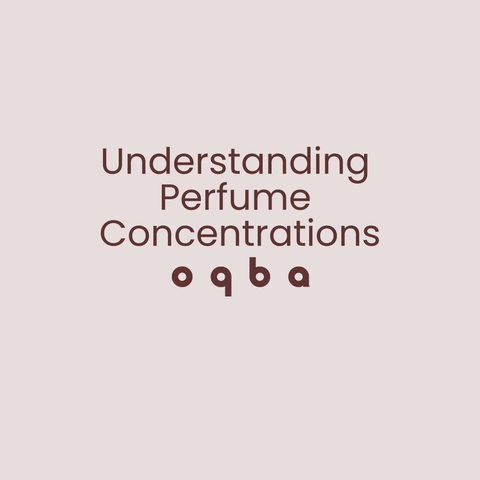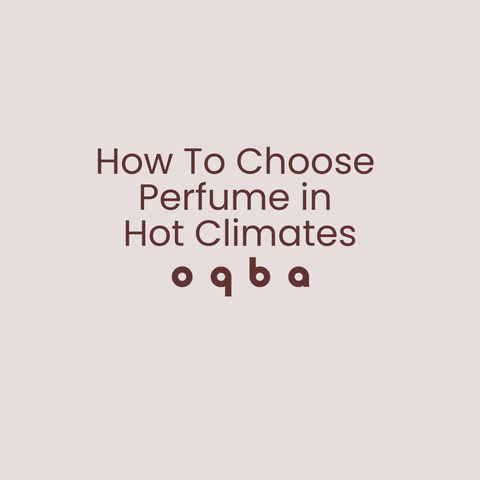When exploring perfumes, many shoppers focus on the name, scent, or price - but one detail that greatly affects your experience is the concentration. This refers to the percentage of fragrance oil in the blend and plays a big role in how a perfume performs.
What Are Perfume Concentrations?
Here’s a simple breakdown:
- Parfum (Extrait de Parfum): 20–30% oil. Rich, long-lasting, intense. Worn in small dabs.
- Eau de Parfum (EDP): 15–20% oil. Balanced projection and longevity. Oqba perfumes fall into this category.
- Eau de Toilette (EDT): 5–15% oil. Lighter, fresher, ideal for casual or daytime wear.
- Eau de Cologne (EDC): 2–5% oil. Very light, used more as a refresher or splash.
The Misconception: Higher Concentration Means Better Quality
This is one of the biggest myths in perfumery. Many assume that a stronger concentration always means a better or more luxurious perfume. But the reality is more nuanced.
Not all scent profiles are suited to high concentration. Fresh, citrusy, or green notes rely on volatility - their magic lies in how quickly they appear and fade. Increasing the oil load can weigh these down, making them feel flat or overly dense.
Some of the world’s most iconic scents were crafted specifically as Eau de Toilette or Eau de Cologne because the lighter concentration allows certain notes to shine. Recreating those same scents at higher strength often results in something completely different - and not always better.
Finding the Right Balance
At Oqba, we focus on the best balance of intensity, sillage, and wear time for most profiles. But we also recognize that concentration isn’t about strength alone - it’s about harmony.
The final product is a delicate balance between note structure, intended effect, and how it interacts with skin. In perfumery, more isn’t always more. The right concentration is the one that makes the scent feel just right.



